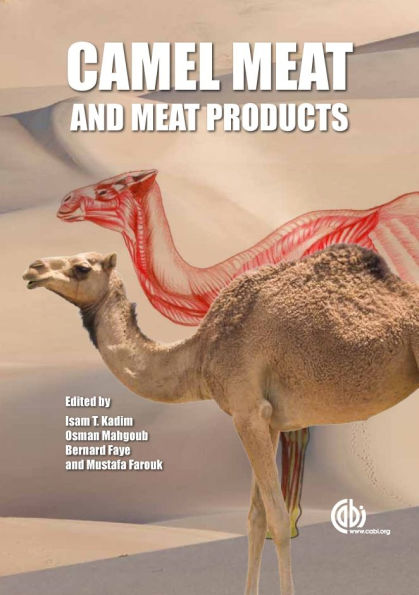Camel Meat and Meat Products
Camel meat has many benefits as a meat product. It has low fat content and is highly nutritious, and has potential to be used to combat hyperacidity, hypertension, pneumonia and respiratory disease. This book reviews up-to-date literature on camel meat and meat products, carcass and meat quality characteristics, muscle structure, post-mortem analysis and the nutritive value to humans. A comparatively small component of global meat consumption, camel meat has the potential to undergo an explosion of production worldwide, and currently farming for camel meat in Asia, Africa, Latin America and Australia is undergoing significant expansion. The potential of camel meat in helping to meet projected world food shortages, and being sustainably farmed, is also explored by the editors.
1112431744
Camel Meat and Meat Products
Camel meat has many benefits as a meat product. It has low fat content and is highly nutritious, and has potential to be used to combat hyperacidity, hypertension, pneumonia and respiratory disease. This book reviews up-to-date literature on camel meat and meat products, carcass and meat quality characteristics, muscle structure, post-mortem analysis and the nutritive value to humans. A comparatively small component of global meat consumption, camel meat has the potential to undergo an explosion of production worldwide, and currently farming for camel meat in Asia, Africa, Latin America and Australia is undergoing significant expansion. The potential of camel meat in helping to meet projected world food shortages, and being sustainably farmed, is also explored by the editors.
216.7
In Stock
5
1

Camel Meat and Meat Products
258
Camel Meat and Meat Products
258Hardcover
$216.70
216.7
In Stock

From the B&N Reads Blog
